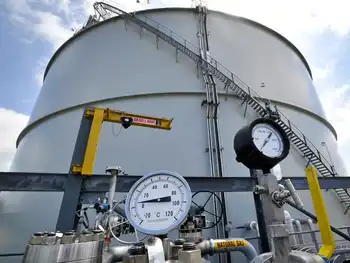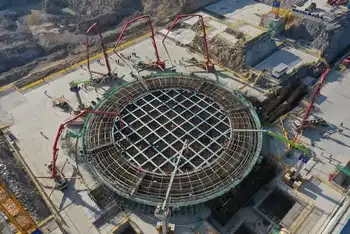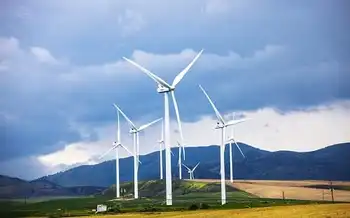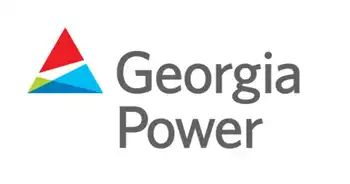Maui mayor gets 64 mpg in EV
The converted Toyota Prius is part of a national study run by the Idaho National Laboratory and the U.S. Department of Energy. The survey has cars in a variety of geographic locations to test how they do in different environments.
In April, the first month, Tavares' test car averaged 64 miles per gallon. Maui Electric also has a car, while there are four more on Oahu, including one used by Hawaiian Electric Co.
In other states, the cars averaged between 44 and 59 miles per gallon.
Like conventional hybrid cars, Tavares' converted Prius recharges its battery when the driver brakes. But the vehicle also contains an additional battery pack that can be recharged at an ordinary electrical outlet.
This allows the car to use less gasoline. It also lets the vehicle harness wind, solar, and other clean, renewable energy resources collected by Maui Electric Co.
The mayor is driving Maui's test vehicle to give renewable energy use maximum exposure, said Victor Reyes, Maui's energy commissioner.
"She's really a champion for this," Reyes said. "It's an easier way to get public visibility."
Tavares drives the car all her public functions and is ready to show people she meets brochures and posters that she stores in the trunk. In a news release, the mayor said the study aimed to demonstrate that advanced technology may help communities pare down their fossil fuel use.
"As Maui increasingly generates electricity from renewable sources," she says, "we can make even more progress in decreasing our dependency on imported oil."
Maui is home to the state's largest commercial wind farm, Kaheawa. When at full capacity, the farm generates about 10 percent of the electricity sold by Maui Electric Co.
Lanai, which is part of Maui County, hosts the state's largest single-site solar farm.
Private companies have proposed building wind farms on Molokai and Lanai that would serve those islands as well as deliver power to Maui and Oahu by undersea cable.
Gov. Linda Lingle aims to have Hawaii produce at least 70 percent of its own energy by 2030. Currently, the islands only generate 10 percent of its energy. The rest is imported oil.
Tavares said she's spent nearly $87 driving 1,175 miles in her plug-in hybrid. That includes less than $47 for gas (at about $2.70 per gallon) and $40 for electricity.
Going the same distance in a car that only runs on gasoline and gets 25 miles per gallon would cost about $126, or about 45 percent more.
Last December, Lingle announced plans to roll out electric car charging stations across the state through a tie-up with a California startup company called Better Place. This project would use fully electric cars that the Nissan Motor Co.-Renault SA auto alliance has agreed to make.
Reyes said Maui supported this venture also.
"We are open to different types of systems and technologies," Reyes said, noting better methods may always emerge in the future.
Related News

BC Hydro says three LNG companies continue to demand electricity, justifying Site C
CALGARY - Despite recent project cancellations, BC Hydro still expects three LNG projects — and possibly a fourth, which is undergoing a feasibility study — will need power from its controversial and expensive Site C hydroelectric dam.
In a letter sent to the British Columbia Utilities Commission (BCUC) on Oct. 3, BC Hydro’s chief regulatory officer Fred James said the provincially owned utility’s load forecast includes power demand for three proposed liquefied natural gas projects because they continue to ask the company for power.
The letter and attached report provide some detail on which of the LNG projects proposed in B.C. are…




